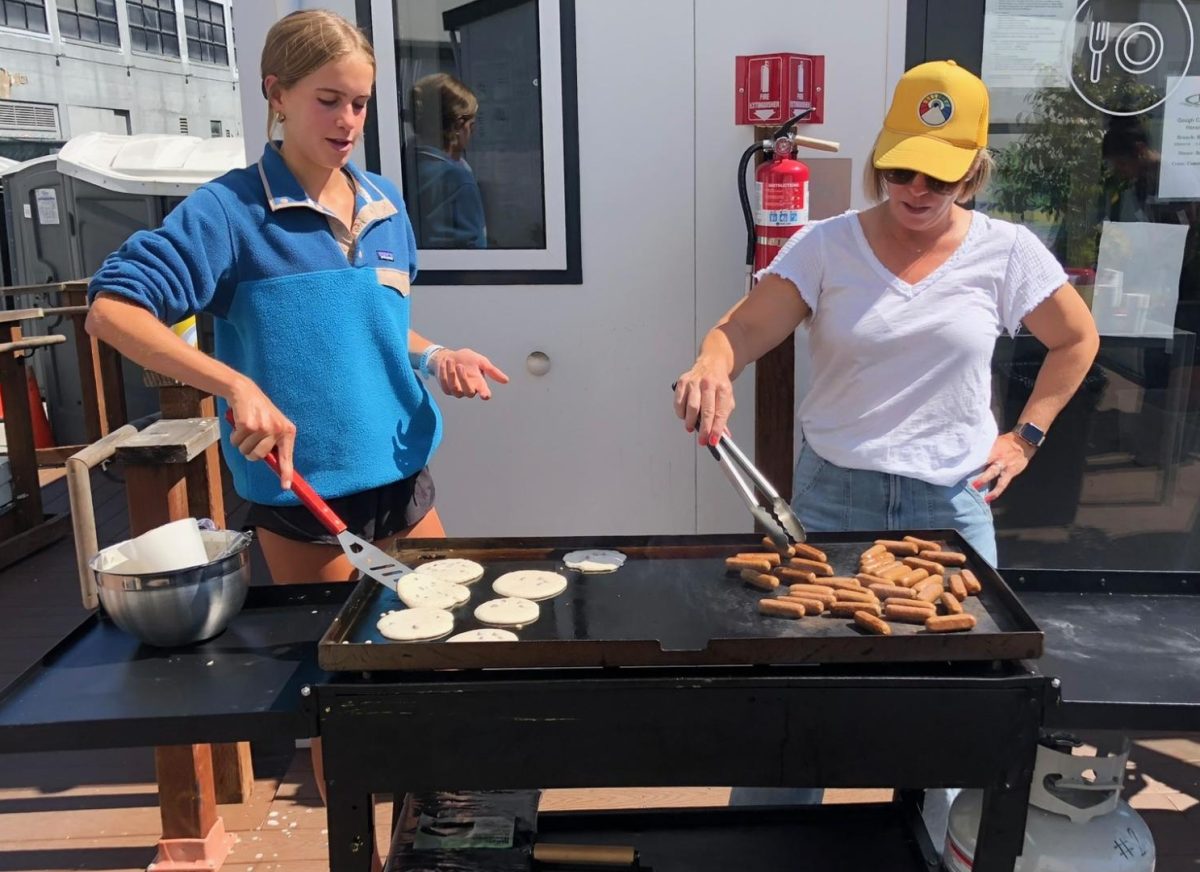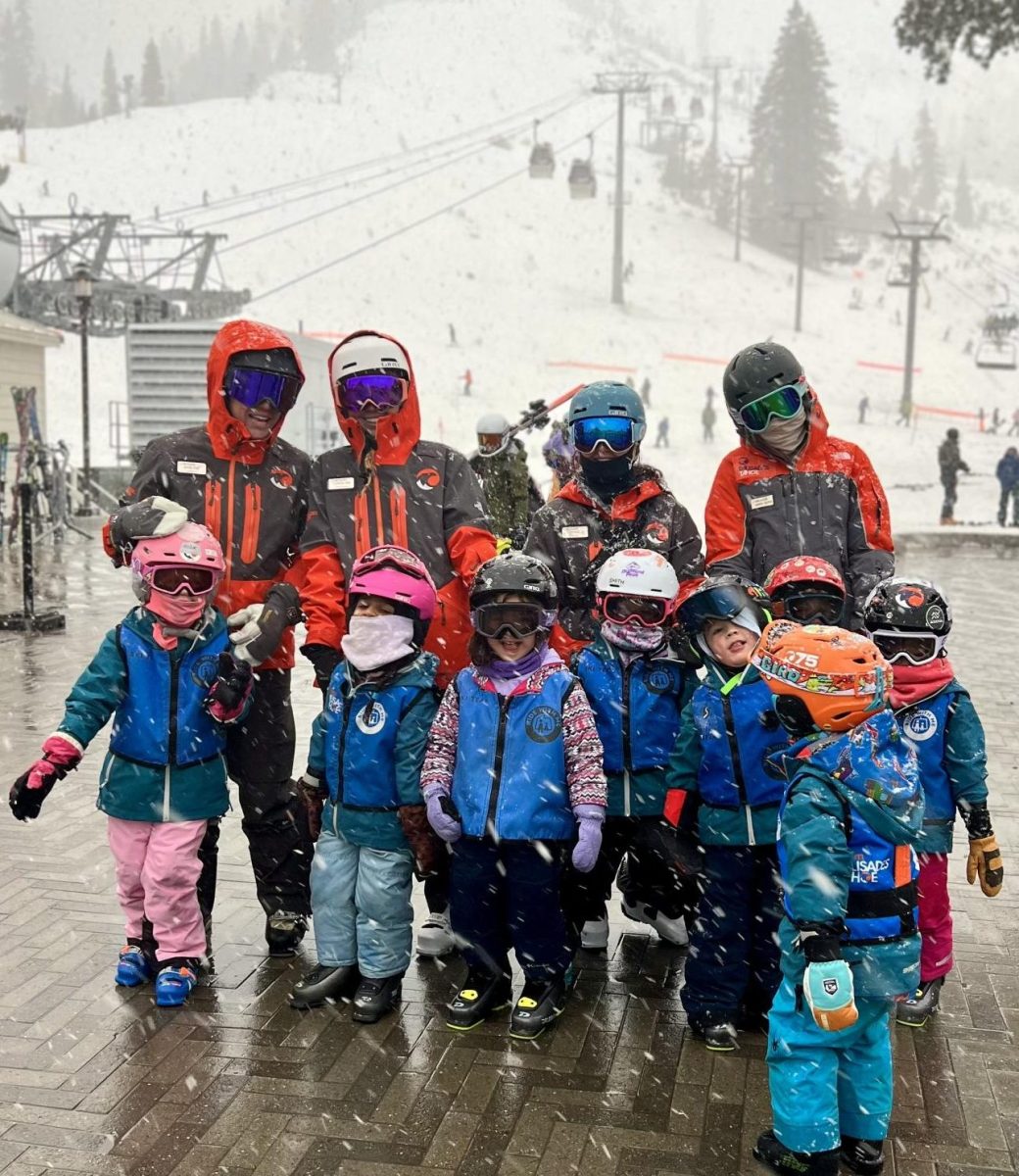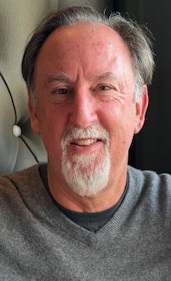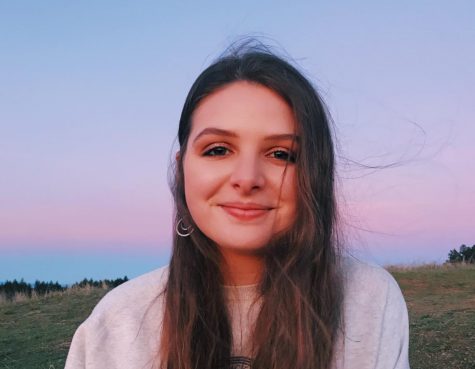Oftentimes, the concept of eating healthy food is associated with the idea that you can’t eat tasty food. However, while sophomore Claire Fogarty and junior Catie Duys stand in Fogarty’s kitchen blending homemade pesto, they explain why eating healthy does not mean eating a plate of raw vegetables and shying away from tempting treats. They’re just two friends, cooking meals together and exploring the vast horizons of healthy recipes and foods.
They emphasize that it’s not in an effort to diet or to preach, and it most certainly is not to follow a trend. It’s all about feeling good within your body and your soul. These amateur chefs know that a plate of quinoa and lentils will be better than a sirloin steak not only for their physical health, but also for the well-being of the environment.
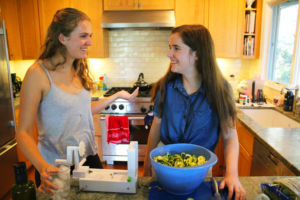
Through blogs and Instagram posts on Fogarty’s cooking account (@ClaireCanCook) displaying images of colorful plates piled with lush food, Fogarty and Duys are spreading their love of health foods one dairy-free recipe at a time.
“A question that I would get all the time was, ‘Do you even eat? What do you eat?’ And I eat all the time. I’m always eating. Kind of as a joke I said, ‘Well, [what I post] is what I eat.’ It wasn’t about me being vegan, because I’m not. It was more about just having fun and how I still eat a lot of things that are really fun. Now it’s a year-and-a-half since I did that. [The account] started with 40 of my friends following it as a joke, and now it has about 500 followers,” said Fogarty.
Going on diets that restrict certain ingredients or groups of foods has become a recent trend, with the gluten-free market growing by 63% between 2012 and 2014, according to U.S. News, which also states that about 2.7 million people adhere to a gluten-free diet who have not been diagnosed with celiac disease. Fogarty, however, was not drawn to a restricted diet by the idea of following a popular fad. Medical concerns prompted her to visit a doctor to find the root of her uncomfortable symptoms. Her motivation behind going vegetarian, however, purely had to do with her love for preserving the Earth.
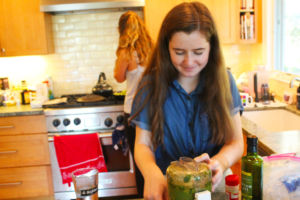
“[The symptoms] were a challenge, enough that I had to see a doctor and I had some blood tests. They couldn’t really find anything, so I don’t know what particular thing was going on, but my doctor advised for me to give up gluten and dairy for a month and it worked. So, since then, coming up really close on two years, I’ve been gluten and dairy free,” Fogarty said.
While forgoing dairy products and gluten was a necessary decision for Fogarty, giving up meat was something she felt was a moral responsibility.
“Gluten and dairy was medical. I needed to change something because I wasn’t digesting my food correctly and it was taking a toll. But vegetarianism is more ethical, and I never thought I would say this, but now I can’t even stomach eating meat,” said Fogarty.
Duys made a dietary change for similar reasons. She cares greatly for the environment, and despite the image of a stereotypical vegetarian or pescatarian preaching their love for animal activism, Duys argues that boycotting the beef industry is part of a much bigger picture. Often faced with criticism or a need to explain their choices to others, Fogarty and Duys have practically memorized the scientific research behind their endeavors to better the planet.
According to a report from the Food and Agriculture Organization in 2006, it’s estimated that livestock are responsible for about 18 percent of human-caused greenhouse gases, the highest contributor of emissions by any single industry. Fogarty mentions the high rate of methane also emitted into the air by the livestock industry. Livestock accounts for about 37 percent of human-caused methane emissions and cows alone produce 150 billion gallons of methane per day, according to the International Business Times.
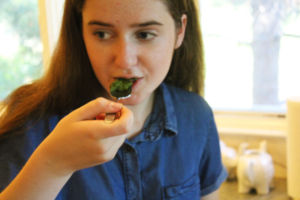
With raising passion in their voices as they spiral out zucchini noodles, Duys and Fogarty dive into the topic of the extreme amounts of water used to produce meat products. Fogarty cites a 2005 report from the United States Geological Survey, which states that raising livestock in the United States alone consumes 34 trillion gallons of water and 235 trillion worldwide. Additionally, there’s the harmful practice of deforestation to make landspace for the animal agriculture industry and the emissions caused by transporting livestock and meat products, Fogarty says. The determination in the cooks’ tones and their pockets full of statistics convey how much they’ve had to justify themselves to skeptical meat-eaters.
But science aside, the practice of cooking is more of a ritual for Duys that allows her to get to know her food and be conscious about what she eats.
“I eat fish, but I kind of force myself to be upfront with it. A lot of times I’ll get shrimp with everything attached and it’s so gross, but I take it all off, and I clean it, and I cook it myself. Same thing with fish; I’ve done whole fishes and its terrifying, but I want to make sure I know where my food’s coming from and not just remove myself morally from the situation,” Duys said.
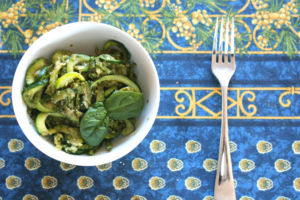
Preparing their own meals is also an opportunity to spend time with friends and connect with others while detaching themselves from a very anti-social world of social media.
“I like cooking because you have to put your phone down and you’re doing an activity. It’s like drawing, you’re completely disconnected. You feel like you’ve accomplished something when at the end you have a product to show,” Duys said.
Fogarty and Duys feel strongly that others should be cooking their meals at home, too, and should consider the impact their eating habits have on the earth. She encourages her peers to do this through her posts, which have gained momentum in the recent months.
“It makes me really happy that people are interested in seeing what I have to cook and what I have to share. And that’s something that I’m kind of proud of. That’s just one thing that makes me really happy, that people want my recipes. Of course you can have my tofu recipe! That’s one less person eating meat,” Fogarty said.



